5 Pests You May Find in Garages & Basements in Central and Southern MD
Taking a walk in the woods, it’s natural to see bugs. This is their haven. It’s dark and damp and full of all the things bugs like.
Did you know those same bugs can find second homes closer to you than you might think? In fact, your garages and basements simulate those same damp, dark, cool places bugs love. Yep. And you might not even see them at first … until they’ve set up a whole camp and produced more of their kind. Gross, right?
Well, let’s get a handle on this so walking through your basement or garage isn’t like walking through a damp forest. Here are the top 5 basement pests and garage pests you might find at your Central and Southern Maryland home and how to deal with them.
Top Basement Pests and Garage Pests in Maryland Homes
Bugs and pests are always on the hunt for food, water, and shelter. And, surprise, your garage and basement can offer them that refuge they seek away from the outdoors.
Use This Pest Guide to Identify & Eliminate 28 Different Pests!
Most of these nuisances are just bothersome, but any of them if left to their own devices can multiply and cause more serious issues for you and your home.
Let’s take a look at these home invaders.
1. Mice
Your garage and your basement provide water as your sinks or hoses drip, and nice shelter from the elements, and even food if you leave bird seed in an easily tearable plastic bag, for instance. So why wouldn’t mice be attracted to these safe havens away from predators where they can stay warm and make babies.
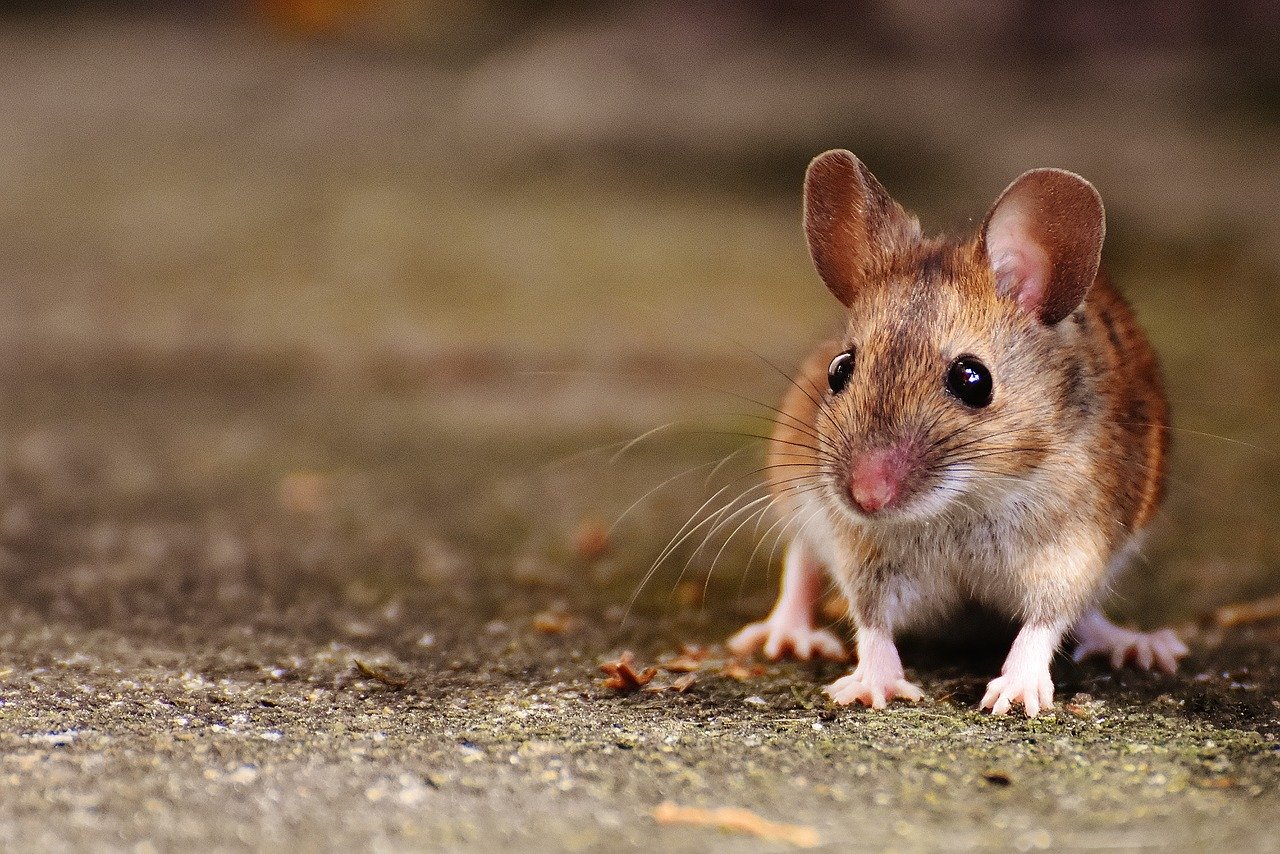 And make babies they do. If you see one mouse, you should keep your eyes open for another because a female mouse can have anywhere from five to 12 babies in one litter. And she can have between five and 10 litters a year. Practically overnight, that one mouse becomes many and you’ve got a serious basement or garage pest problem.
And make babies they do. If you see one mouse, you should keep your eyes open for another because a female mouse can have anywhere from five to 12 babies in one litter. And she can have between five and 10 litters a year. Practically overnight, that one mouse becomes many and you’ve got a serious basement or garage pest problem.
2. Spiders
So, brace yourself for this news: Most houses have spiders.
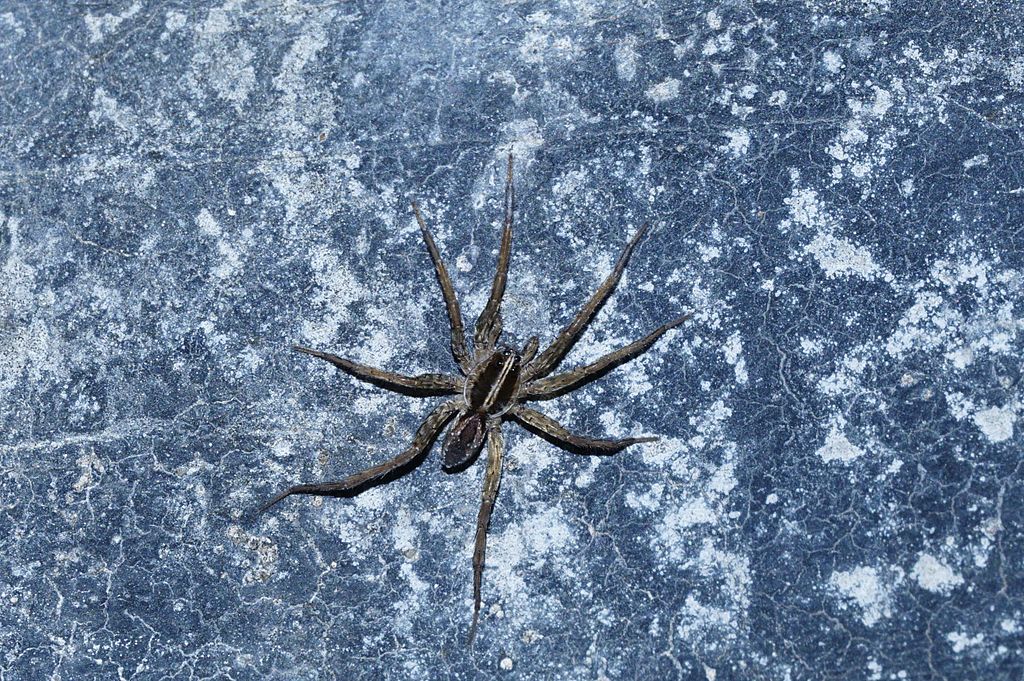
Despite their scary eight-legged reputation, spiders rarely bite. And they prey on other bugs in your home, which is a plus. But they are always seeking dark spots near windows, corners, and quiet areas to build webs and make spider babies. They are prime basement and garage pests.
3. Millipedes and Centipedes
You know them: those many legged creepy-crawlies. While you think centipedes and millipedes have hundred or thousands of legs like their names imply, house centipedes only have 15 pairs of long, striped legs.
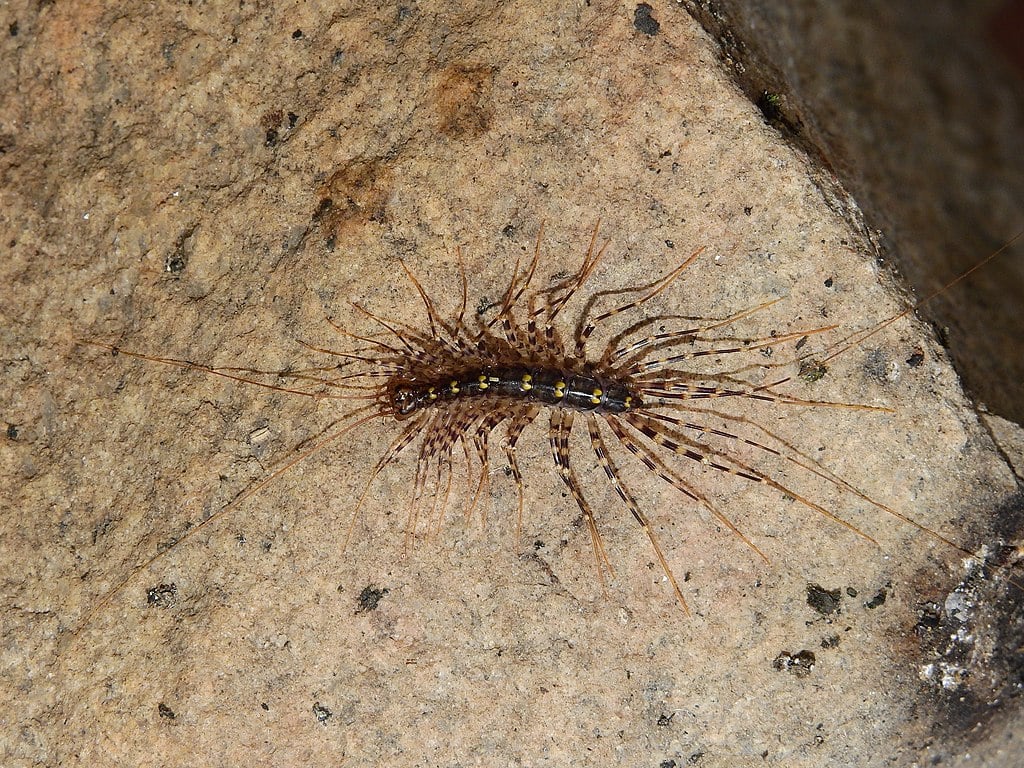
Full-grown centipedes can be more than an inch long. They hunt in dark, damp basements for insects, spiders and other bugs like even cockroaches, so they help you out a little by eating those other pests. But this also signals you to something else. Consider why you might be seeing more centipedes or millipedes. It’s because they are attending your all-you-can-eat bug buffet. Not cool.
Centipedes can bite you but you normally don’t see this basement pest because it is more active at night. They hang out near concrete cracks, floor drains, stored cardboard boxes and cool, damp crawl spaces.
4. Camel, Cave, or Spider Crickets
This is a basement pest that goes by many names: camel crickets, cave cricket, spider crickets. But they are all the same light tan, hump-backed cross between a cricket and spider with their long legs. And they love dark, damp places like your basement, shed, or crawl space.
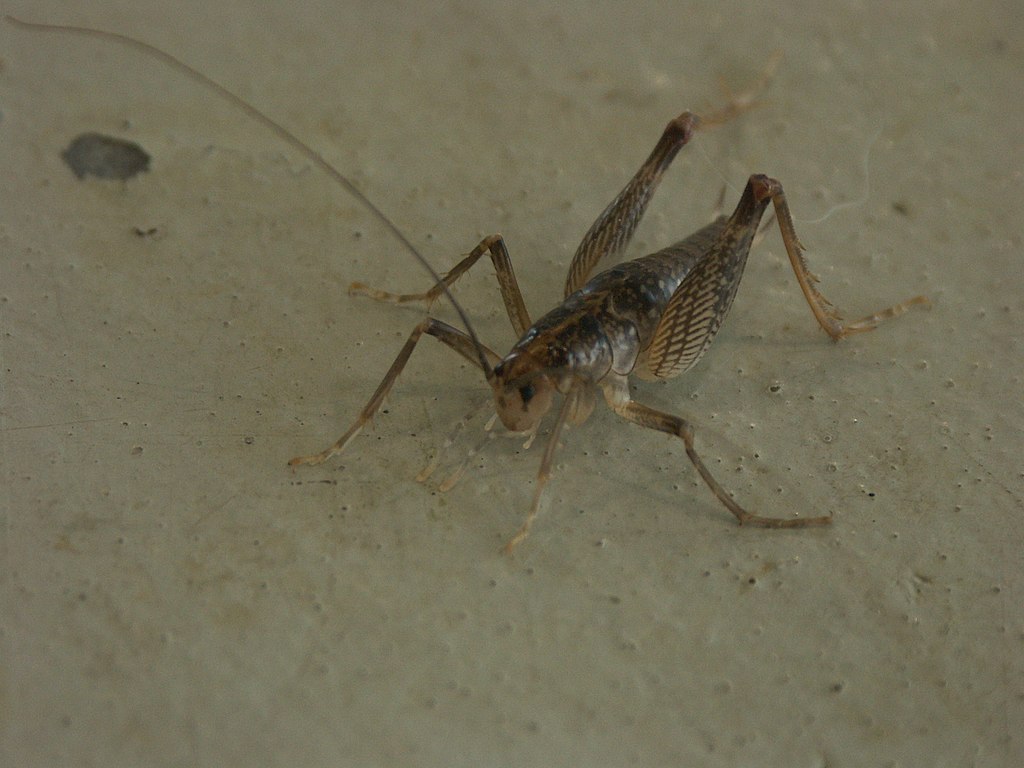
Many times, they come in large numbers, and they jump when they are frightened. So sometimes if you walk into a dark room and turn on the light and you see jumping insects, you know you have spider crickets. A bad infestation can look like a bunch of popcorn kernels popping as they are disturbed.
They are hungry pests that like to eat fungus, wood, carpets, cardboard, dust, and plants. And they will reproduce in your basement if the conditions are appropriately damp and dark. This is something you definitely don’t want. We’ve seen hundreds jump up seemingly at once in a small basement room as we walked in and turned on the lights.
5. Earwigs
Earwigs are not just made up bugs from a horror movie, unfortunately. They’re very real, and they prefer dark, damp areas like your basement or crawl space.
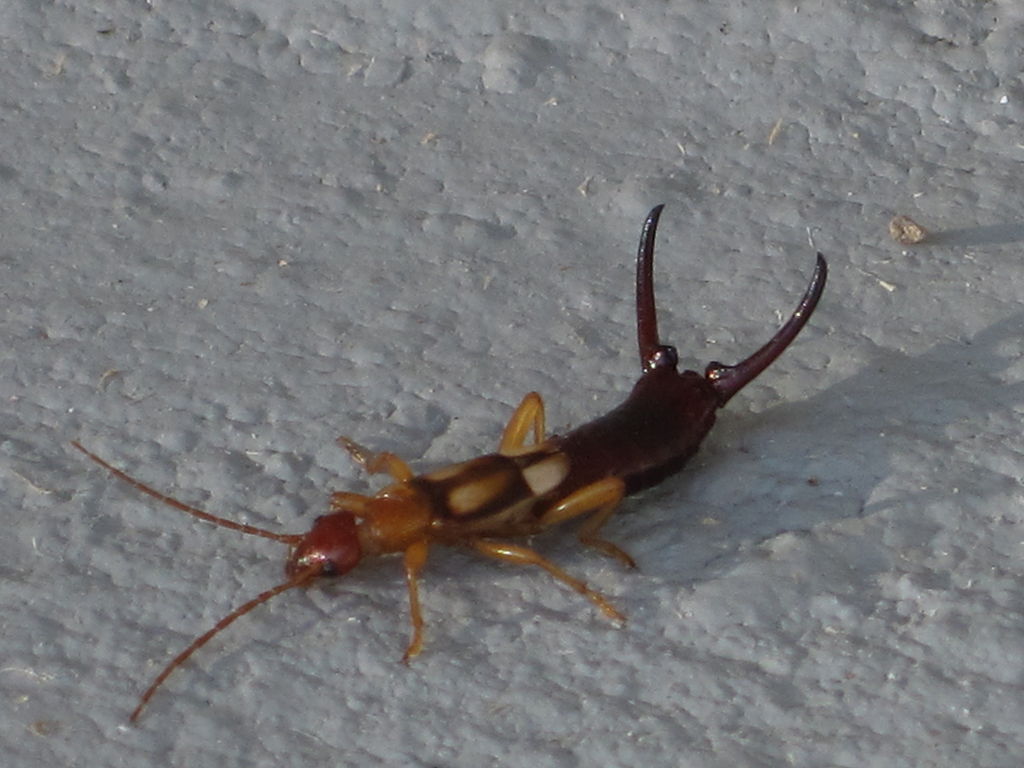 Earwigs are dark, reddish-brown insects that have pincer-like claws at the end of their abdomens. They eat living or dead plant matter and some other insects. While those claws can bite, they usually don't but could pinch you if handled too much.
Earwigs are dark, reddish-brown insects that have pincer-like claws at the end of their abdomens. They eat living or dead plant matter and some other insects. While those claws can bite, they usually don't but could pinch you if handled too much.
Similar to cockroaches, these basement pests are nocturnal so they are mostly active at night.
Basement Pest Control & Garage Pest Control Tips
Seen some creepy-crawlies or critters that aren’t welcome in your basement or garage? Let’s talk about getting rid of them.
First, let’s review mice control because this critter is unique on our list. Sealing holes or cracks that provide mice easy entry is important, as well as making sure attractions like grains or pet and bird food are kept in hard plastic or metal containers with airtight lids.
Keeping garages and basements regularly cleaned is also wise to limit reasons mice might come searching. You don’t want leftover crumbs welcoming them in like an appetizer. Placing rodent bait stations or snap traps can help eliminate mouse activity if you find mice after your preventive measures didn’t keep them away.
For the other pests on this list, an interior treatment to take care of the infestation is a first step. Then, glue traps around edges of entry points like doors or basement windows, as well as exterior quarterly perimeter pest control applications can keep those pests away.
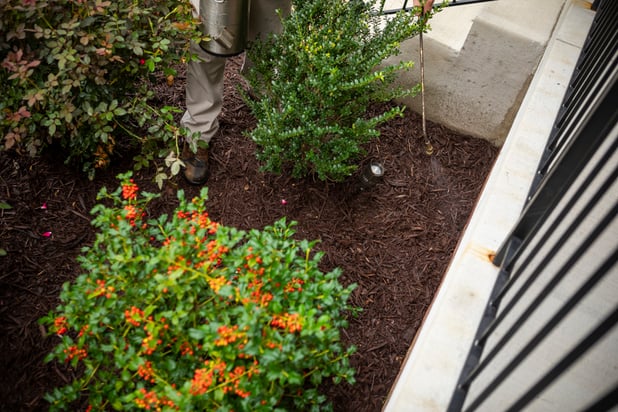
For basement pest control, you may also want to monitor the dampness in your basement and find ways to limit this if you notice you have a lot of repeat pest infestations. Dampness is an attraction for many of the pests on our list.
Got Pests? We Can Help
Tired of pests giving you the heebie-jeebies every time you walk into the basement or seeing a mouse scatter when you step into your garage? Maybe you’re even walking into a light spiderweb or two on occasion. Sends chills right up your spine, doesn’t it?
Not sure where to start? Don’t want to even bother with the gross areas you must inspect or possible bites you must induce to track down the problem? We get it and we will never judge. This is not a job for the faint-of-heart.
Let Natural Green come in and inspect your home to find the problem and then teach you how we take care of these nuisance pests that like to treat your garage or basement like a free vacation home. Headache eliminated!
Get rid of basement pest and garage pest nightmares for good. Get started today with a free quote. Together, we’ll prepare a customized plan that you’re comfortable with so you can sleep easy again knowing your home is free of pests.
Image sources: spider, centipede, camel cricket, earwig,
Taking a walk in the woods, it’s natural to see bugs. This is their haven. It’s dark and damp and full of all the things bugs like.
Did you know those same bugs can find second homes closer to you than you might think? In fact, your garages and basements simulate those same damp, dark, cool places bugs love. Yep. And you might not even see them at first … until they’ve set up a whole camp and produced more of their kind. Gross, right?
Well, let’s get a handle on this so walking through your basement or garage isn’t like walking through a damp forest. Here are the top 5 basement pests and garage pests you might find at your Central and Southern Maryland home and how to deal with them.
Top Basement Pests and Garage Pests in Maryland Homes
Bugs and pests are always on the hunt for food, water, and shelter. And, surprise, your garage and basement can offer them that refuge they seek away from the outdoors.
Use This Pest Guide to Identify & Eliminate 28 Different Pests!
Most of these nuisances are just bothersome, but any of them if left to their own devices can multiply and cause more serious issues for you and your home.
Let’s take a look at these home invaders.
1. Mice
Your garage and your basement provide water as your sinks or hoses drip, and nice shelter from the elements, and even food if you leave bird seed in an easily tearable plastic bag, for instance. So why wouldn’t mice be attracted to these safe havens away from predators where they can stay warm and make babies.
 And make babies they do. If you see one mouse, you should keep your eyes open for another because a female mouse can have anywhere from five to 12 babies in one litter. And she can have between five and 10 litters a year. Practically overnight, that one mouse becomes many and you’ve got a serious basement or garage pest problem.
And make babies they do. If you see one mouse, you should keep your eyes open for another because a female mouse can have anywhere from five to 12 babies in one litter. And she can have between five and 10 litters a year. Practically overnight, that one mouse becomes many and you’ve got a serious basement or garage pest problem.
2. Spiders
So, brace yourself for this news: Most houses have spiders.

Despite their scary eight-legged reputation, spiders rarely bite. And they prey on other bugs in your home, which is a plus. But they are always seeking dark spots near windows, corners, and quiet areas to build webs and make spider babies. They are prime basement and garage pests.
3. Millipedes and Centipedes
You know them: those many legged creepy-crawlies. While you think centipedes and millipedes have hundred or thousands of legs like their names imply, house centipedes only have 15 pairs of long, striped legs.

Full-grown centipedes can be more than an inch long. They hunt in dark, damp basements for insects, spiders and other bugs like even cockroaches, so they help you out a little by eating those other pests. But this also signals you to something else. Consider why you might be seeing more centipedes or millipedes. It’s because they are attending your all-you-can-eat bug buffet. Not cool.
Centipedes can bite you but you normally don’t see this basement pest because it is more active at night. They hang out near concrete cracks, floor drains, stored cardboard boxes and cool, damp crawl spaces.
4. Camel, Cave, or Spider Crickets
This is a basement pest that goes by many names: camel crickets, cave cricket, spider crickets. But they are all the same light tan, hump-backed cross between a cricket and spider with their long legs. And they love dark, damp places like your basement, shed, or crawl space.

Many times, they come in large numbers, and they jump when they are frightened. So sometimes if you walk into a dark room and turn on the light and you see jumping insects, you know you have spider crickets. A bad infestation can look like a bunch of popcorn kernels popping as they are disturbed.
They are hungry pests that like to eat fungus, wood, carpets, cardboard, dust, and plants. And they will reproduce in your basement if the conditions are appropriately damp and dark. This is something you definitely don’t want. We’ve seen hundreds jump up seemingly at once in a small basement room as we walked in and turned on the lights.
5. Earwigs
Earwigs are not just made up bugs from a horror movie, unfortunately. They’re very real, and they prefer dark, damp areas like your basement or crawl space.
 Earwigs are dark, reddish-brown insects that have pincer-like claws at the end of their abdomens. They eat living or dead plant matter and some other insects. While those claws can bite, they usually don't but could pinch you if handled too much.
Earwigs are dark, reddish-brown insects that have pincer-like claws at the end of their abdomens. They eat living or dead plant matter and some other insects. While those claws can bite, they usually don't but could pinch you if handled too much.
Similar to cockroaches, these basement pests are nocturnal so they are mostly active at night.
Basement Pest Control & Garage Pest Control Tips
Seen some creepy-crawlies or critters that aren’t welcome in your basement or garage? Let’s talk about getting rid of them.
First, let’s review mice control because this critter is unique on our list. Sealing holes or cracks that provide mice easy entry is important, as well as making sure attractions like grains or pet and bird food are kept in hard plastic or metal containers with airtight lids.
Keeping garages and basements regularly cleaned is also wise to limit reasons mice might come searching. You don’t want leftover crumbs welcoming them in like an appetizer. Placing rodent bait stations or snap traps can help eliminate mouse activity if you find mice after your preventive measures didn’t keep them away.
For the other pests on this list, an interior treatment to take care of the infestation is a first step. Then, glue traps around edges of entry points like doors or basement windows, as well as exterior quarterly perimeter pest control applications can keep those pests away.

For basement pest control, you may also want to monitor the dampness in your basement and find ways to limit this if you notice you have a lot of repeat pest infestations. Dampness is an attraction for many of the pests on our list.
Got Pests? We Can Help
Tired of pests giving you the heebie-jeebies every time you walk into the basement or seeing a mouse scatter when you step into your garage? Maybe you’re even walking into a light spiderweb or two on occasion. Sends chills right up your spine, doesn’t it?
Not sure where to start? Don’t want to even bother with the gross areas you must inspect or possible bites you must induce to track down the problem? We get it and we will never judge. This is not a job for the faint-of-heart.
Let Natural Green come in and inspect your home to find the problem and then teach you how we take care of these nuisance pests that like to treat your garage or basement like a free vacation home. Headache eliminated!
Get rid of basement pest and garage pest nightmares for good. Get started today with a free quote. Together, we’ll prepare a customized plan that you’re comfortable with so you can sleep easy again knowing your home is free of pests.
Image sources: spider, centipede, camel cricket, earwig,
Share This
Topics: Pest Control


